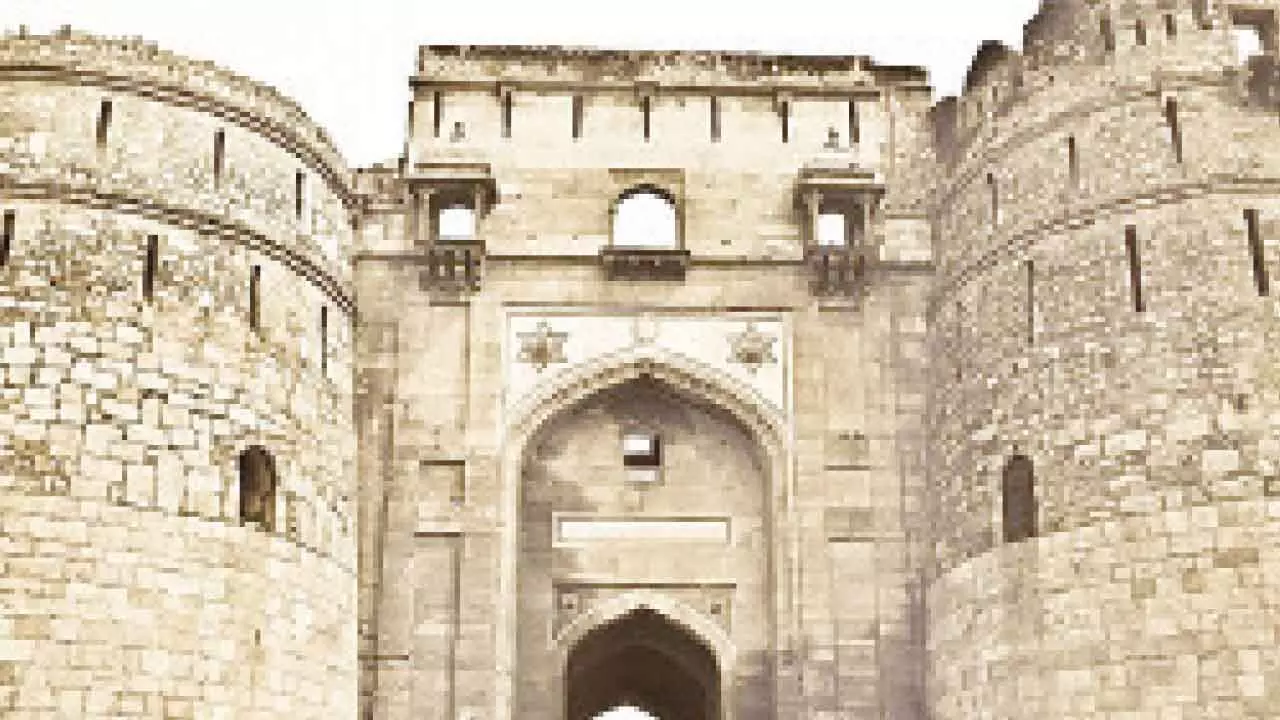Surat Rediscovering Its Past Glory, Identity
Post-Operation Sindoor, Diamond City of India is trying to balance national integrity with historical plurality
Surat Rediscovering Its Past Glory, Identity

In the current climate—tense, hyper-digitized, and eager to guard against ‘outside influence’—these names complicate the narrative. Hence, there is demand from people to change all such names
In the heart of Gujarat’s industrial powerhouse, amidst textile mills and diamond-polishing hubs, the city of Surat carries ghosts it no longer speaks to. The aftermath of Operation Sindoor—an unprecedented crackdown on foreign digital influence and ideological infiltration—has left not just institutions, but entire neighbourhoods, in quiet re-evaluation.
Walk through Turkeywaad, and you’ll hardly find any Turkish cafés, or remnants of baklava or Ottoman domes. Yet the name stands—a stubborn relic from over 300 years ago, when Turkish traders roamed these streets, and a Turkey Sarai offered rest to their caravans and pilgrims. Today, it’s just another part of the city, scrubbed clean of its foreign memory, the name a curiosity rather than a heritage. But Turkeywaad is not an anomaly. Surat is full of such ghost-words etched into its map.
Just a few kilometers away lies Begumpura, named after Jahanara Begum, the powerful daughter of Mughal emperor Shah Jahan. In a time when royal women were mostly cloistered, Jahanara was anything but—granted the customs revenue of Surat, she invested it shrewdly, turning the city into a key commercial artery of the Mughal Empire. Her name today is relegated to a pin on Google Maps, her story largely forgotten in local lore.
Further west, the village of Barbodhan holds its own quiet claim to transcontinental history. The name likely stems from Bāb Aden—Gateway to Aden—marking it as a pit stop for Arab pilgrims on their way to Mecca. It was not only a passage, but a place of pause, reflection, and exchange. Traders came, and some stayed. The village still bears traces of that Arab heritage in its family names and dialects, but the broader city barely registers it.
Then there’s Variav, a neighbourhood that once welcomed a mosaic of immigrants—from Turks and Central Asians to Middle Eastern traders. Here, many Muslim families still preserve lineages that stretch far beyond the Indian subcontinent.
And perhaps most striking is Rander—one of Surat’s oldest quarters and historically its most outward-looking. Arab settlement here dates back to the 13th century. Portuguese ships once docked near its shores. Mosques and minarets still dot the landscape, whispering of a time when Rander was a node in the Indian Ocean’s vast trade network, not just a residential sprawl. In the current climate—tense, hyper-digitized, and eager to guard against ‘outside influence’—these names complicate the narrative. Hence, there is demand from people to change all such names. The Surat BJP is also now proposing to put pressure on government to take necessary measures.
Post-Operation Sindoor, Surat is a city trying to balance national integrity with historical plurality. Its younger population scrolls through social feeds that rarely mention Jahanara Begum or Turkish Sarais. Instead, these names are flattened, gentrified, turned into location tags devoid of story. These neighbourhoods are not mere relics—they are reminders that globalism is not a new invention. Surat has always been a cosmopolitan laboratory, long before the term ‘influencer’ had any currency. Its past is thick with passports, prayer mats, and profit margins that crossed seas. What changed was not the city’s DNA, but its attention span.
Towards a New Kind of Reinvention
Surat doesn’t need to romanticise its past it needs to reinvent itself. People suggest that Turkeywaad can become Tarkeshwarnagar or something like that. Renaming it will honour the sentiments of people of Surat and reaffirm the country’s self-respect, they add.

